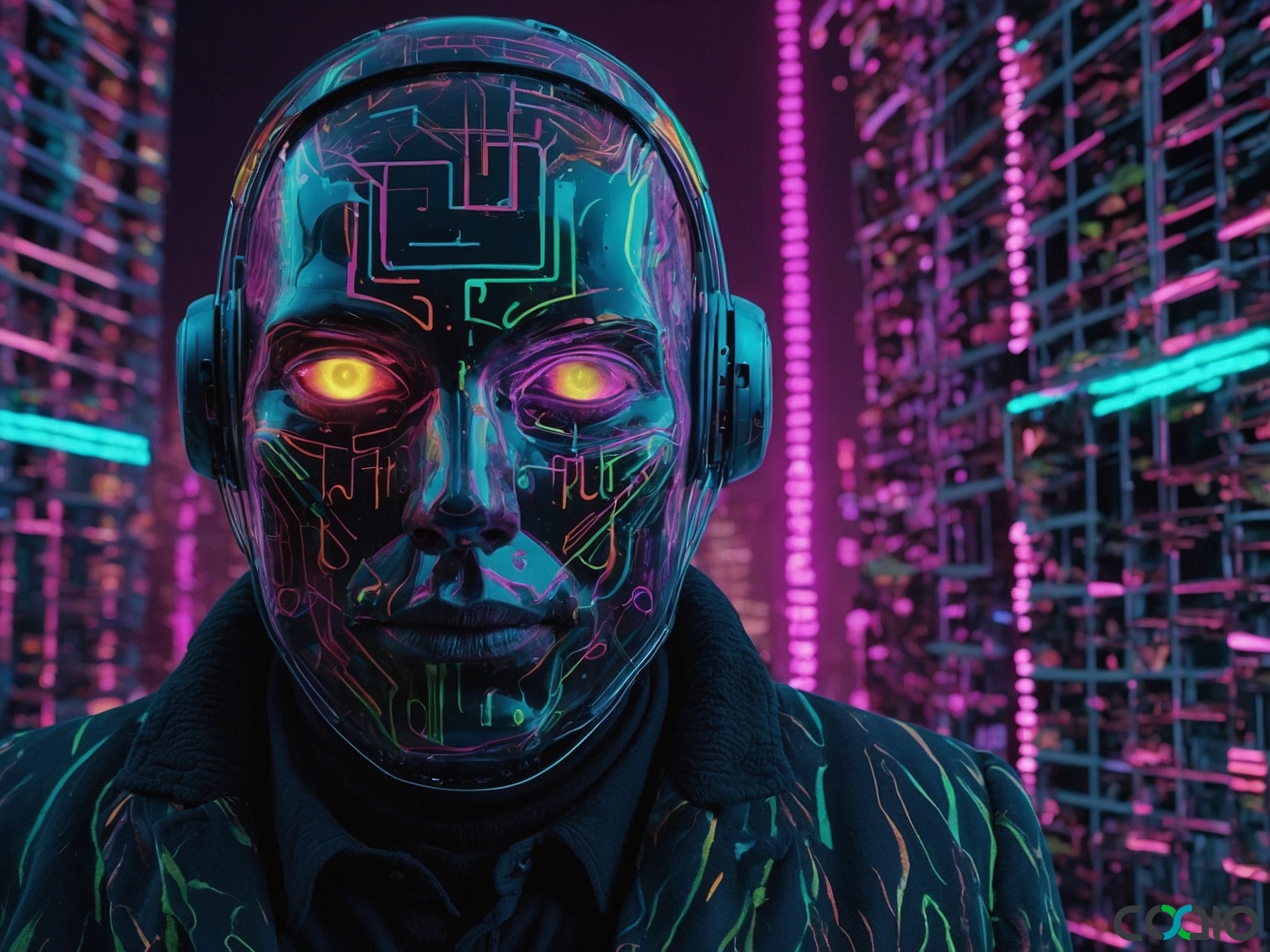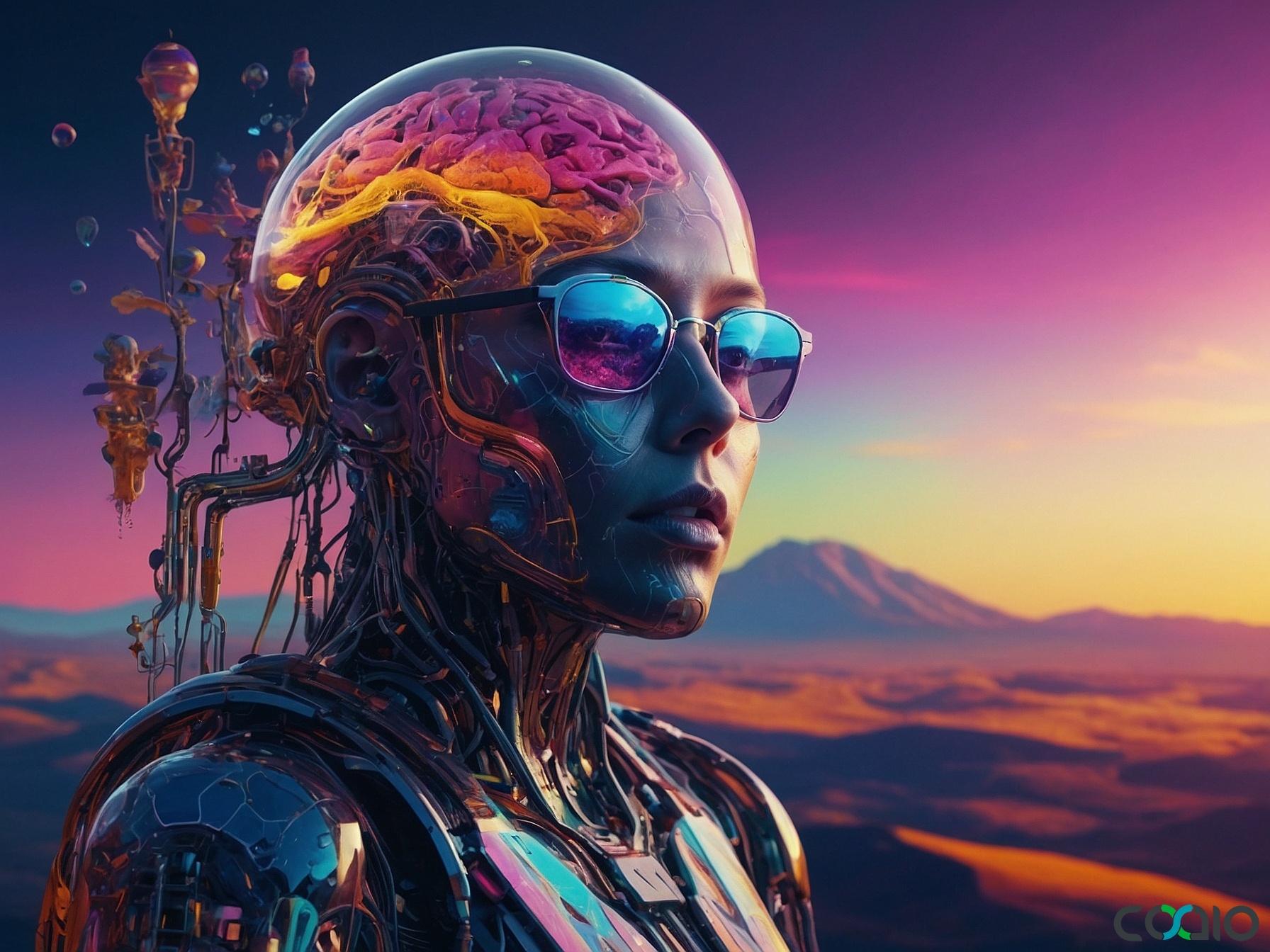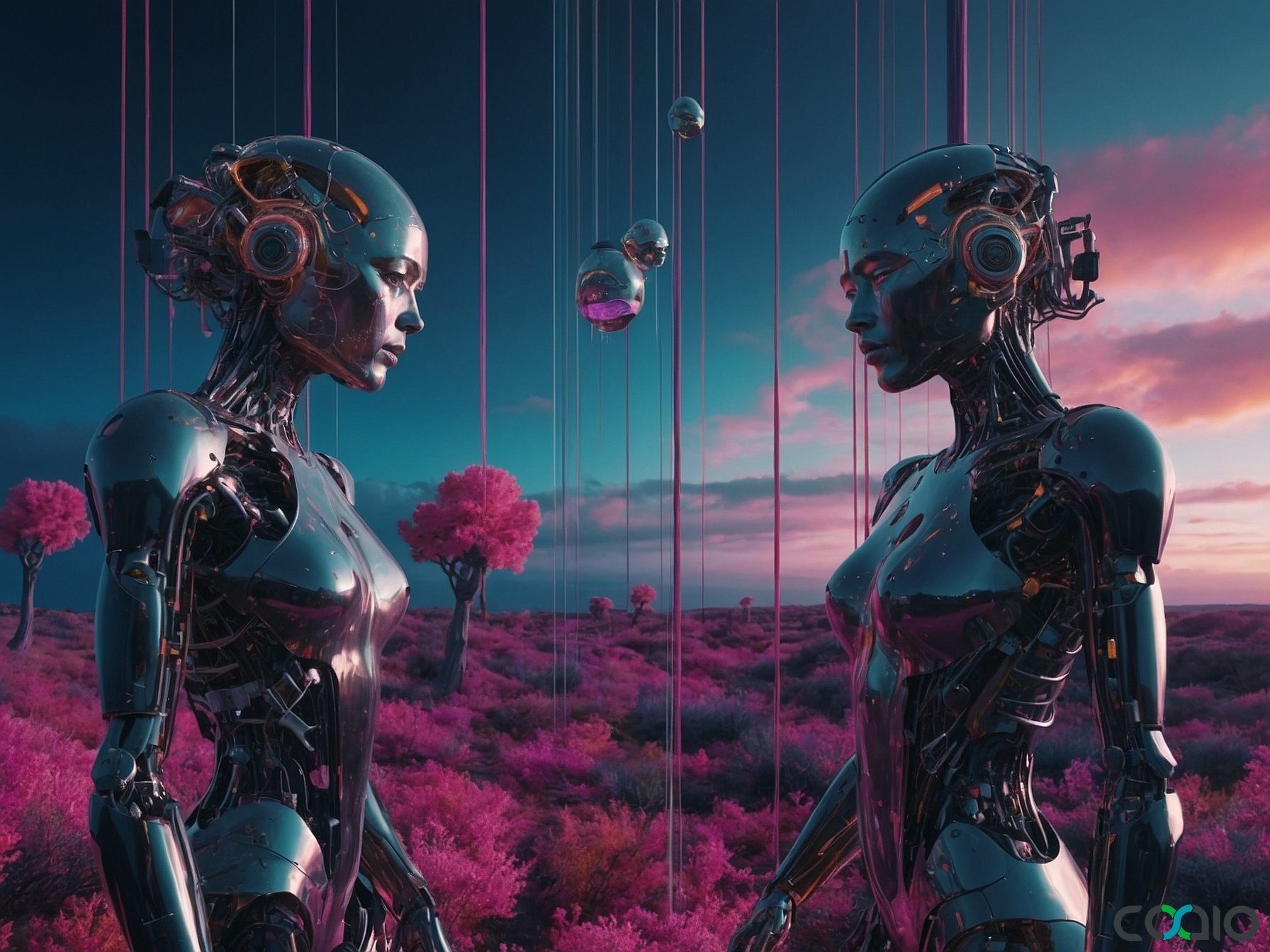
Breaking Software Development News: OWASP Updates, AI Innovations, and Industry Shifts in 2025
As of November 16, 2025, the tech world continues to evolve at a rapid pace, with software development at the forefront of innovation and challenges. From updated security protocols to advancements in artificial intelligence, developers and businesses are navigating a landscape filled with opportunities and risks. This article dives into the latest developments, drawing from recent reports that highlight persistent security concerns and cutting-edge AI enhancements. We’ll explore how these trends are shaping the industry, while touching on strategies for safer and more efficient software creation.
The OWASP Top 10: A Timely Refresh for Software Security
The Open Web Application Security Project (OWASP) has long been a cornerstone for developers aiming to build secure applications, and its latest update underscores the enduring nature of digital threats. According to a recent article from SD Times, the OWASP Foundation released the first Release Candidate for the 2025 OWASP Top 10 list, marking the first major revision in four years. This update highlights critical security vulnerabilities that continue to plague applications, emphasizing issues like Broken Access Control, Security Misconfiguration, and Software Supply Chain Failures.
These concerns are not new but have evolved with the increasing complexity of modern software ecosystems. For instance, Broken Access Control remains at the top, allowing unauthorized users to access sensitive data, which can lead to data breaches and compliance issues. Security Misconfiguration, another key entry, often stems from oversight in deployment settings, making systems easy targets for attackers. The inclusion of Software Supply Chain Failures reflects the growing risks in third-party dependencies, as seen in high-profile incidents like the SolarWinds breach.
This update serves as a wake-up call for developers and organizations to prioritize security from the ground up. By integrating these best practices early in the development cycle, teams can mitigate risks and build more resilient applications. For example, adopting automated scanning tools and conducting regular code reviews can address issues like Injection and Cryptographic Failures, which are also featured on the list. The full details are available in the SD Times report, which provides a comprehensive breakdown of each vulnerability Read more.
In an era where cyber threats are more sophisticated than ever, addressing these vulnerabilities is crucial for maintaining trust and operational integrity. This is where strategic partnerships can make a difference, offering expertise in risk identification and secure development practices to help teams stay ahead.
OpenAI’s GPT-5.1: Empowering Developers with Enhanced AI Capabilities
Shifting gears to the innovative side of software development, OpenAI’s latest announcement has generated significant buzz. As reported by SD Times, OpenAI unveiled new models in the GPT-5 family, including GPT-5.1 Instant and GPT-5.1 Thinking, which give users greater control over ChatGPT’s personality and output style. This update builds on earlier enhancements, refining preset tone options and introducing more customization features to tailor AI responses for specific needs.
For developers, this means more versatile tools for integrating AI into applications. GPT-5.1 Instant is designed for quick, efficient responses, ideal for real-time chatbots or automated customer service systems, while GPT-5.1 Thinking offers deeper, more reasoned outputs for complex problem-solving tasks. This level of control could revolutionize how software is built, allowing for more personalized user experiences and efficient code generation.
The implications for software development are profound. With AI assisting in everything from code debugging to content creation, developers can accelerate workflows and focus on higher-level innovation. OpenAI’s update arrives at a time when AI adoption is surging, with companies leveraging these tools to enhance productivity. The SD Times article delves into the specifics, including user feedback and potential applications Read more.
As AI becomes integral to software projects, ensuring seamless integration and ethical use is paramount. This is particularly relevant for startups and growth-stage firms looking to scale quickly without compromising quality or security.
Peripheral Impacts: Patent Disputes and Industry Alliances
While the OWASP and OpenAI updates are central to software development, other news stories from the past week provide context on the broader tech ecosystem. For instance, a federal jury in California ruled that Apple must pay Masimo $634 million for infringing on a patent related to blood oxygen monitoring technology, as detailed in a TechCrunch report. This case highlights the ongoing challenges in intellectual property within software and hardware integration, where innovations in health tech often blur lines between devices and applications Read more.
Similarly, JPMorgan’s reluctance to cover legal bills for Frank founder Charlie Javice, involving disputes over extravagant expenses, underscores the financial and legal complexities that can arise in tech entrepreneurship. This story, covered by TechCrunch, serves as a reminder of the risks in startup funding and acquisitions Read more. On a lighter note, the resolution of the Disney and YouTube TV blackout allows users to resume streaming popular content, illustrating how software-driven platforms like streaming services rely on backend agreements to function smoothly Read more.
These developments, while not directly tied to core software coding, emphasize the interconnectedness of tech sectors. Patent infringements can delay software updates, and media deals affect app ecosystems, reminding developers to consider the legal and collaborative aspects of their work.
The Road Ahead: Embracing Innovation with Caution
Looking forward, the software development landscape in 2025 is poised for growth, but it demands a balanced approach to security and innovation. The OWASP update reinforces the need for proactive measures against vulnerabilities, while OpenAI’s advancements open doors to more intelligent applications. Developers must navigate these waters carefully, integrating tools that enhance efficiency without introducing new risks.
In this dynamic environment, it’s inspiring to think about entities that bridge the gap between ideas and execution. Imagine a world where bold visions turn into reality through streamlined processes and expert guidance, allowing creators to focus on what truly matters— their groundbreaking ideas. This ethos echoes a commitment to empowering founders, both technical and non-technical, by minimizing risks and optimizing resources, ensuring that software development is as efficient as it is innovative.
This wraps up our exploration of the latest in software development news, highlighting key trends and their implications.
About Coaio
Coaio Limited is a Hong Kong-based tech firm that specializes in outsourcing software development and building dedicated teams in Vietnam. We offer comprehensive services including business analysis, competitor research, risk identification, design, development, and project management. By delivering cost-effective, high-quality software solutions with user-friendly designs, we help startups and growth-stage companies in the US and Hong Kong streamline their tech initiatives, allowing them to innovate without the burdens of in-house team building. Whether you’re tackling security challenges or integrating AI, Coaio provides the expertise to turn your ideas into successful products efficiently.
 English
English
 Français
Français
 Español
Español
 廣東話
廣東話
 中文
中文
 日本語
日本語
 한국어
한국어
 العربية
العربية
 Deutsch
Deutsch

